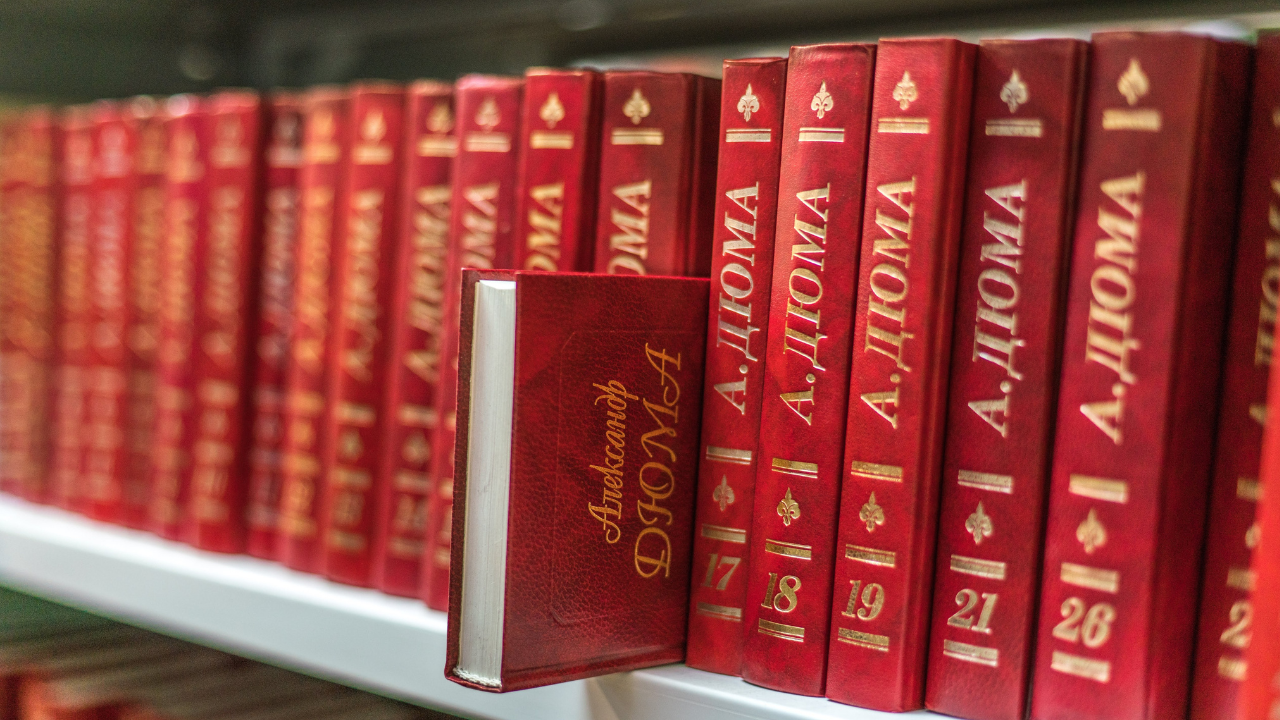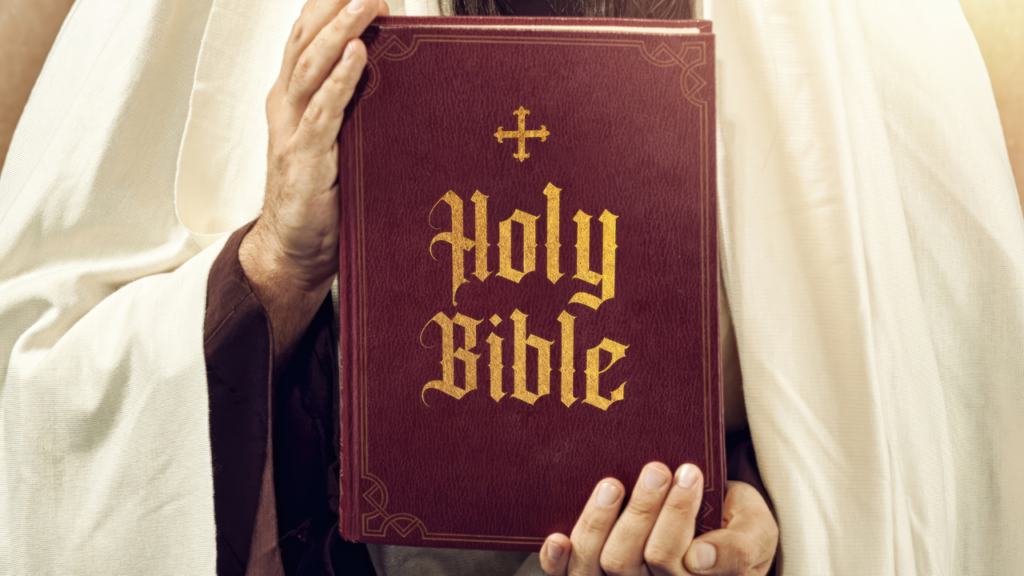
A Catholic Bible book chart is an essential tool for anyone looking to understand the structure and organization of the Bible. Catholic Bibles include all 73 books that form the canon of Scripture, divided into the Old and New Testaments. These charts help readers quickly identify each book’s place, themes, and purpose, enhancing their study experience.
Knowing where each book fits is vital for anyone seeking deeper insight into God’s word. With a Catholic Bible book chart, you’ll easily see the distinctions between historical books, wisdom literature, and prophetic writings. This guide provides a clear overview, helping you navigate the Bible and focus on sections that resonate most with your faith journey.
Whether you’re a seasoned Bible reader or just beginning, a well-organized Catholic Bible book chart is invaluable. Understanding the Bible’s layout allows you to approach it with greater clarity and purpose.
The Structure of the Catholic Bible

The Catholic Bible is divided into two main sections: the Old Testament and the New Testament. Together, they include 73 books. Each testament is further broken down into categories based on the type of literature and themes. This structure provides readers with a roadmap for studying Scripture and better understanding the context of each book.
The Old Testament contains 46 books, while the New Testament includes 27 books. In addition to the 66 books found in Protestant Bibles, the Catholic Bible has seven additional books known as the deuterocanonical books.
These extra books enrich the historical, spiritual, and doctrinal content unique to the Catholic tradition. If you’re curious about how traditional publishing brought these books to readers, explore Traditional Publishing Companies in the USA.
Old Testament Books in the Catholic Bible
The Old Testament includes a rich array of books that cover history, law, wisdom, and prophecy. Here’s a closer look at the categories of Old Testament books in the Catholic Bible:
The Pentateuch (Books of the Law)
The first five books of the Bible, known as the Pentateuch or the Torah, include Genesis, Exodus, Leviticus, Numbers, and Deuteronomy. These books are foundational, outlining God’s covenant with His people and establishing the laws that guided Israel. The Pentateuch is sometimes called the “Books of Moses” because tradition holds that Moses authored them.
Historical Books
Historical books recount the events in Israel’s history, detailing the rise and fall of kingdoms and significant leaders. They include Joshua, Judges, Ruth, 1 Samuel, 2 Samuel, 1 Kings, 2 Kings, 1 Chronicles, 2 Chronicles, Ezra, Nehemiah, Tobit, Judith, Esther, and 1 and 2 Maccabees. These books are especially valuable for readers interested in understanding the history of God’s people.
Wisdom Books
The wisdom books contain teachings on living a moral and faithful life, offering reflections on human nature and divine wisdom. They include Job, Psalms, Proverbs, Ecclesiastes, Song of Solomon, Wisdom, and Sirach (Ecclesiasticus). If you’re interested in publishing your reflections on these timeless themes, our Ultimate Guide to Catholic Book Publishers can help you navigate the world of religious publishing.
Prophetic Books
The prophetic books contain the messages of prophets sent by God to guide Israel. They include major prophets like Isaiah, Jeremiah, Lamentations, Baruch, Ezekiel, and Daniel, as well as twelve minor prophets, including Hosea, Joel, Amos, and Malachi. These books call people back to God, reminding them of the importance of faithfulness and repentance.
New Testament Books in the Catholic Bible
The New Testament is divided into several categories, each contributing to the understanding of Jesus Christ’s life, teachings, and the growth of the early Church.
The Gospels
The Gospels are the heart of the New Testament, recounting the life, ministry, death, and resurrection of Jesus Christ. The four Gospels—Matthew, Mark, Luke, and John—present unique perspectives on Jesus, focusing on different aspects of His teachings and mission.
Acts of the Apostles
The Acts of the Apostles, written by Luke, tells the story of the early Church and the spread of Christianity following Jesus’s ascension. This book highlights the works of the apostles, particularly Peter and Paul, and offers valuable insights into the challenges and growth of the early Christian community.
Pauline Epistles
The letters attributed to St. Paul, known as the Pauline Epistles, include Romans, 1 and 2 Corinthians, Galatians, Ephesians, Philippians, Colossians, 1 and 2 Thessalonians, 1 and 2 Timothy, Titus, and Philemon. Paul’s letters address specific communities, offering teachings, guidance, and encouragement. These epistles are essential for understanding early Christian doctrine.
Catholic Epistles
The Catholic Epistles are letters written by various apostles to the broader Christian community. They include James, 1 and 2 Peter, 1, 2, and 3 John, and Jude. These letters provide encouragement and advice, guiding Christians in their faith journeys.
The Book of Revelation
The Book of Revelation, also called the Apocalypse, concludes the New Testament with visions of the end times. Written by St. John, it offers symbolic imagery that has been widely studied and interpreted, providing a hopeful perspective on God’s ultimate plan.
The Deuterocanonical Books
Unique to the Catholic Bible, the deuterocanonical books add richness to the Old Testament. These seven books—Tobit, Judith, Wisdom, Sirach (Ecclesiasticus), Baruch, 1 Maccabees, and 2 Maccabees—contain stories and teachings not found in Protestant versions. They include historical narratives, wisdom literature, and prophetic messages. Understanding these books’ role in the Catholic canon deepens one’s appreciation for the faith.
Benefits of Using a Catholic Bible Book Chart
A Catholic Bible book chart is incredibly beneficial for Bible study. It helps readers navigate the scriptures, ensuring they know each book’s purpose and themes. Charts also provide a quick reference to the organization of the Bible, making it easier to locate passages and identify sections relevant to specific topics.
For those creating religious content or considering publishing their own work, a Bible book chart serves as an excellent foundation. If you’re interested in getting published, our article on How Much Does It Really Cost to Publish a Book? can provide valuable insights.
Tips for Using a Catholic Bible Book Chart
A Catholic Bible book chart is an invaluable tool when starting or deepening your Bible study. Here are a few tips on how to use it effectively:
- Identify Themes: Charts often categorize books by themes, like prophecy, wisdom, or history. This helps you focus on books related to specific interests or questions.
- Set a Reading Plan: A Bible book chart can help you set a plan, whether reading the Bible in chronological order or focusing on one theme at a time.
- Understand Context: Knowing where each book fits in the larger biblical narrative can give you a richer understanding of its meaning and importance.
- Make Comparisons: Using a Catholic Bible chart alongside other resources, like our article on How are Digital Texts Different from Published Books and Journals, can give you a modern perspective on ancient texts.
Why Catholics Rely on a Complete Bible
Catholics rely on the Bible’s complete 73 books as they offer a full picture of God’s work throughout history. The Catholic Bible includes books that have been a part of Christian tradition since early Christianity. Having a well-organized chart allows Catholics to study every book, honoring the richness of the full canon.
Conclusion on the Catholic Bible Book Chart
Using a Catholic Bible book chart helps readers of all backgrounds navigate the complete Bible and its profound teachings. Whether focusing on historical events or spiritual insights, these charts clarify the Bible’s structure, providing an accessible roadmap for every book.
From beginners to advanced readers, a Bible book chart is an excellent addition to any Catholic’s library. For more resources on Catholic publishing, explore Traditional Publishing Companies in the USA or Comic Book Publishers: Everything You Need to Know to Get Published to see how traditional and digital publishing coexist today.

Leave a Reply
You must be logged in to post a comment.